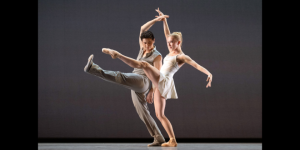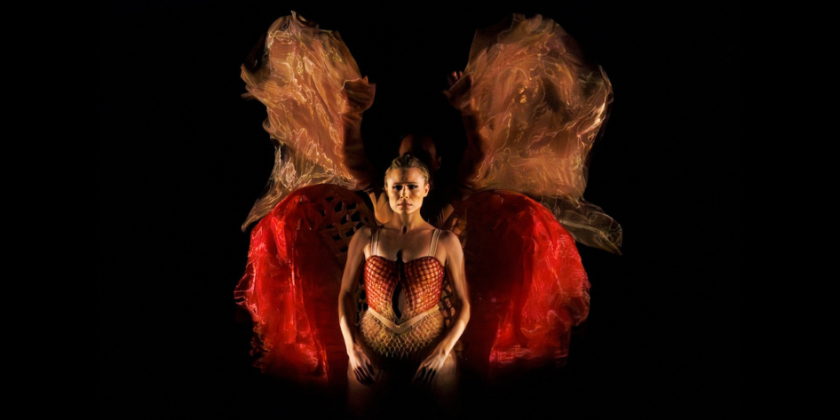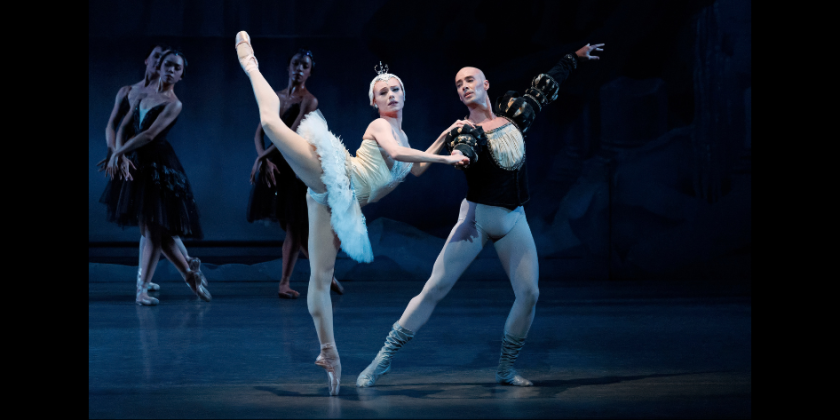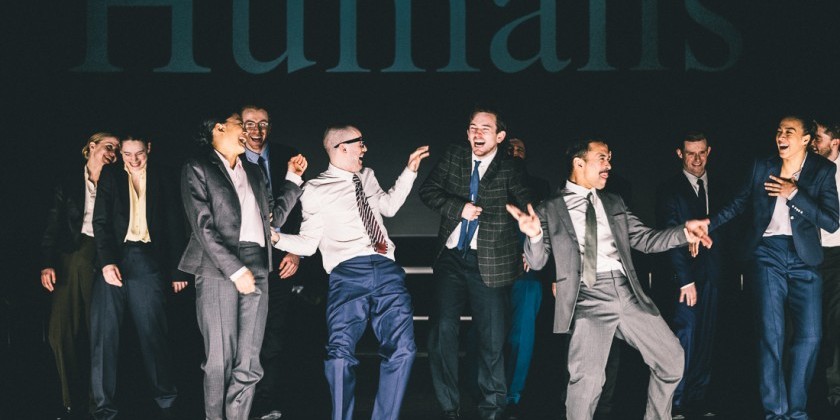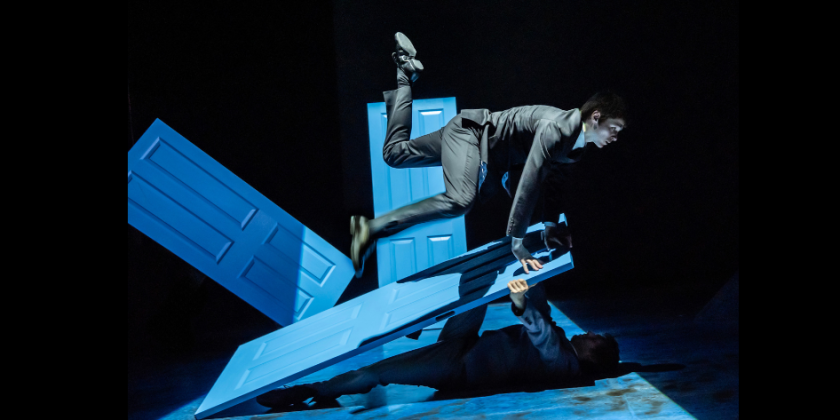The Dance Enthusiast Asks: NYCB Principal Sara Mearns
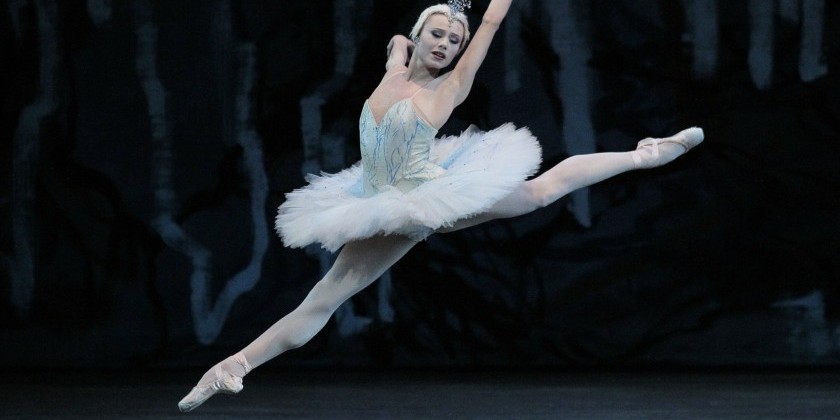
By Guest writer, Nicole Dekle Collins
New York City Ballet principal dancer Sara Mearns was born in Columbia, South Carolina, where she began her dance training at the age of three. Ten years later she began commuting with her mother to Charlotte, North Carolina, to study with former NYCB principal Patricia McBride (one of this year’s Kennedy Center honorees). At 15, Mearns moved to New York to attend the School of American Ballet and joined City Ballet two years later, first as an apprentice, then as a full-fledged corps member.
Mearns made headlines when, at only 19, she was cast as Odette-Odile in Peter Martins’s production of Swan Lake. Reviewing the 2006 debut, Jennifer Dunning in The New York Times praised Mearns’s “astonishing command and graciousness,” adding that though the newcomer was “trained in the City Ballet style … the shape and attack of her dancing suggested that she had studied legendary ballerinas from other companies.” Dunning was right. And the legendary ballerina that Mearns had studied most in the role was Kirov-trained Natalia Makarova.
Nicole Dekle Collins for The Dance Enthusiast: You’ve said that the best advice for a young dancer is “to have someone you aspire to be, a role model.” Yours is Makarova. I’ve read that you re-watch a tape of her 1975 performance each time you do Odette-Odile. What inspires you about that performance?
Sara Mearns: Growing up, Swan Lake was my favorite ballet and that 1975 performance was done at our theatre. It was done on our stage. For me that’s a huge connection. I was mainly interested in how she portrayed the character. I was focused on her arms, her musicality, and where her head was. How she looked at Prince Siegfried but didn’t look at him, and how she used her eyes. It’s all about her expressions and how she relates to him in every single act and how it’s different in every act. I’ve never seen it done better. A lot of people just focus on fouette turns, jumping, balancing. She made you cry at the end. She wasn’t just playing to Siegfried, she was playing to the entire theatre, which is fascinating to me. She wanted everyone in the audience to go into the story.
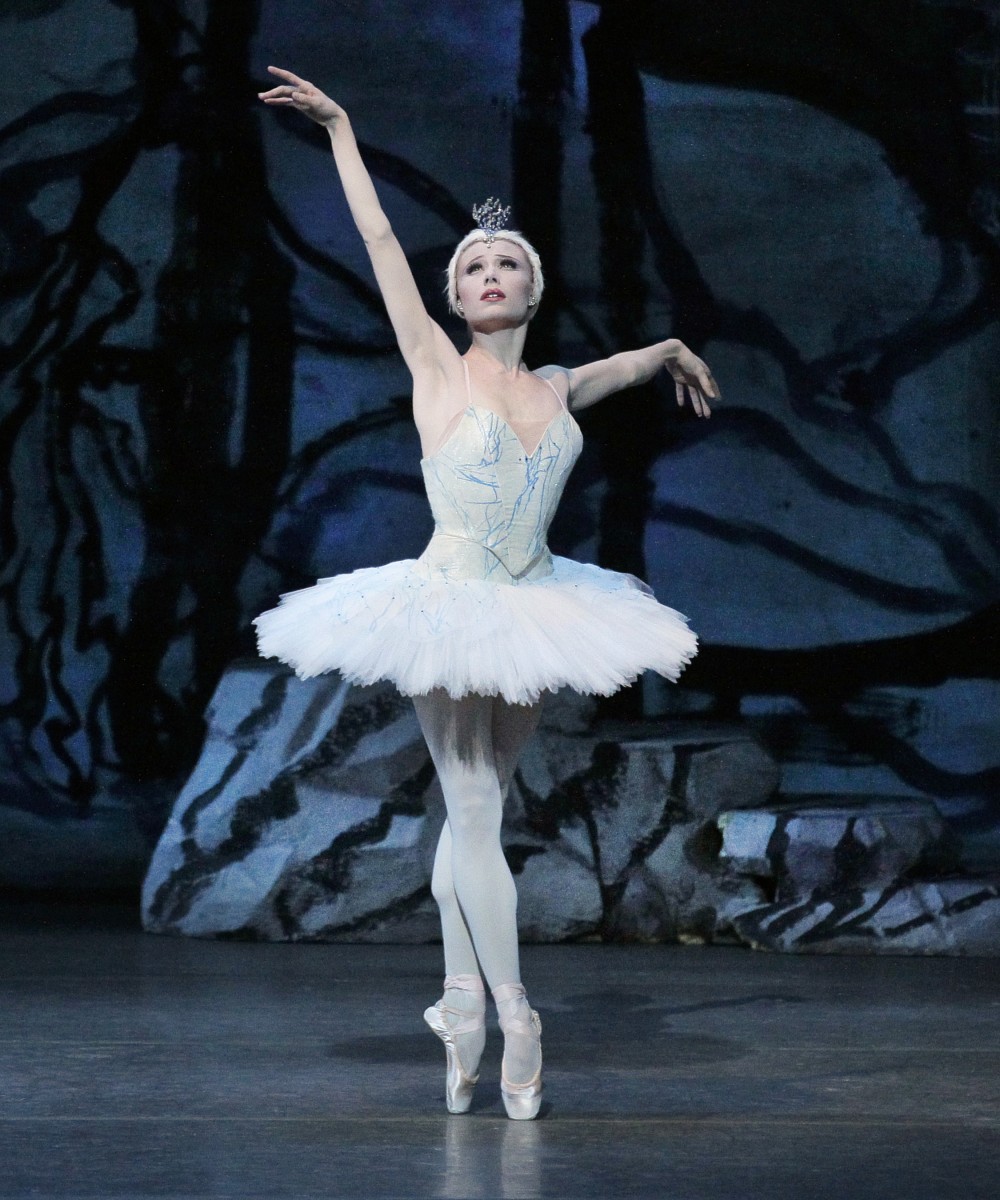
TDE: When I first saw you do the role in 2011, your performance made me cry as well. You made the ballet believable again.
SM: That’s what Makarova did for me. She made it believable. And that’s not about the technique you’re doing. It’s what’s going on in your head. You have to believe that you are that character the entire 2-1/2 hours. You have to be in it so deep, and then it translates to the audience.
TDE: One of the things that strikes me in your performance of Swan Lake is the expressiveness of your back -- in Odette’s backbends, but even in subtler moments, as when you are folded over yourself on the ground in the last act almost like in The Dying Swan. I could read your conflicting emotions even though I couldn’t see your face because it was all there in your back, arms, and hands.
SM: Yes, in Swan Lake you have to do that, because you are turned around a lot and you’re supposed to have wings. You actually do work on where your [swanlike] arm movements come from. The movement has to come from your shoulder blades, it can’t just be your arms flapping. So you automatically have that in your back when you’re onstage. A lot of the time you have to bourree offstage and you’re facing back, so the audience can’t see your face; they have to be entranced by something else.
Working with Paul and Stella McCartney on Ocean’s Kingdom
In 20011 ex-Beatle Paul McCartney composed for NYCB his first score for a ballet, called Ocean’s Kingdom. The work featured choreography by Martins and costumes by Paul’s fashion designer daughter, Stella. Mearns was cast as the ballet’s heroine, the mermaid Honorata, in a story that has elements of both Romeo and Juliet and The Little Mermaid.
TDE: You’ve said it was amazing to work with Paul McCartney but I haven’t read specifics. I’ve heard he was at rehearsals and even at times made choreographic suggestions to Peter Martins. Is that true?
SM: Yes. He would come to rehearsals a lot. He was fascinated by what we could do and the emotions that would come out of us. He had pictures in his head of certain poses that he wanted and he actually brought in pictures of sculptures he loved. So he sought to emulate those sculptures. He had a big hand in the costumes too. He helped Stella find her way.
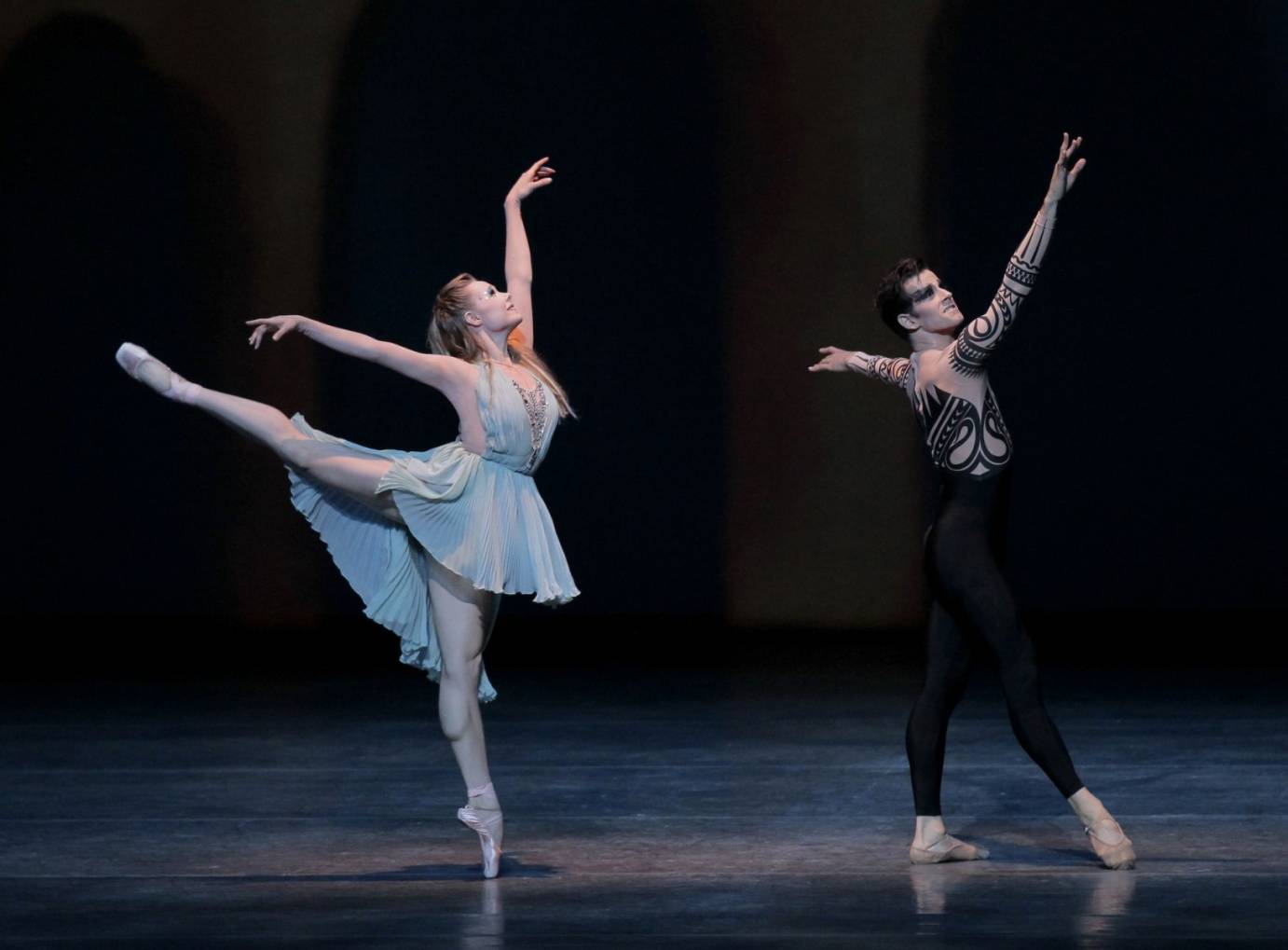
TDE: Was Stella at rehearsals or did she just make sketches for City Ballet’s costume shop to execute?
SM: She was there. I think she had a tough time trying to figure out what could work as a dance costume. She’d never done dance. So Marc Happel [NYCB’s director of costumes] had to help her with different materials and educate her on what could work and what couldn’t. We had to go into the studio and dance around in certain movements and then her team would come back with designs and we’d say, “There’s no way we can dance in this.” Her team worked so hard, trying to make things that she was happy with but that we could also dance in. Honestly, I’m surprised I had a costume on that opening night because the night before, we had to redo the whole thing.
Working with Alexei Ratmansky on Pictures at an Exhibition
In October, NYCB premiered its fourth ballet choreographed by Alexei Ratmansky, called Pictures at an Exhibition, to Mussorgsky’s 1874 score. The music is divided into 16 sections and depicts a tour of an art exhibit. The second section is entitled “The Gnome.”
TDE: On the night of the premiere, when I read over the program before the ballet started and saw you were dancing a solo entitled “The Gnome,” I felt indignant. But the solo didn’t look gnomelike at all. Did Ratmansky talk about why he chose you for that section and was he seeking a gnome reference in the choreography?
SM: This ballet was similar to his Russian Seasons in that each section had a name and a feeling to it [but no actual storyline]. So this was very abstract for him. He was very true to the music. Before we would start each section he would say, “This is what this section is called,” but he didn’t approach the score’s sections literally. I think when he listened to the music, he saw a certain person dancing. So when he heard this piece of music he was like, “This is Sara.” He would also joke, “You’re not a gnome. It’s just I heard you dancing when I listened to this.” What he’s putting on the stage is what he’s hearing. That’s what it seemed like to us. He was just trying to play with [the narrative suggestions of the music]. He didn’t want to be too deep. It was humorous.
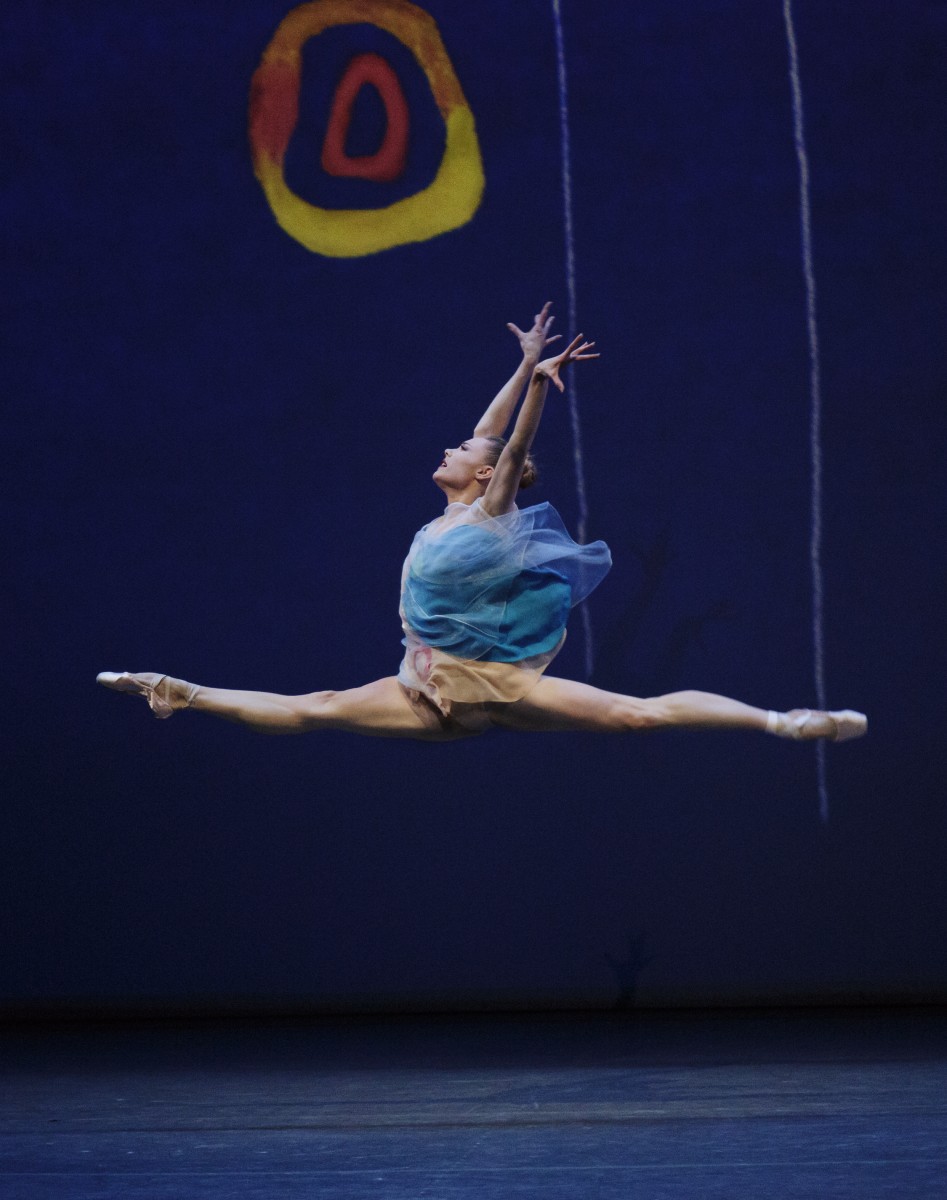
TDE: Ratmansky captured in Pictures, both in your solo and later in your duet with Amar Ramasar, many unique facets of your dancing — the large scale, your musicality, your lyricism and abandon in adagio work but also your very different, almost Dionysian abandon in allegro work. At one point, he gave you a series of fast chaine turns that reminded me of a similar sequence you do with memorably wild frenzy in Balanchine’s Walpurgisnacht. Do you think he’d seen you in Walpurgisnacht and put in these turns as a conscious homage?
SM: I’ve done all the ballets he’s choreographed for City Ballet. The part I did for Russian Seasons was the Red Girl. The review I got for that part was that I was “Martha Graham on acid.” So he’s pulled that out of me [before] and he’s made me do such crazy things. I have a wild solo in Namouna. He joked this time that he wanted to give me a new energy and wanted to try something different. But he sees that I’ll do anything, that I will go to that crazy wild place and go all out for him. So he can’t help himself.
Her Recent Debuts in Balanchine’s Chaconne and Mozartiana
In the company’s fall season that ended last month, Mearns made her New York debuts in Chaconne (1976) and Mozartiana (1981), joining a select group of NYCB ballerinas who’ve danced the roles that George Balanchine created for Suzanne Farrell. Different in tone and step palette, the two works are alike in opening with a slow, intimate, almost spiritual opening movement and ending with a more classical, exuberant theme and variations and pas de deux for the lead couple.
TDE: I’ve been waiting for you to dance these ballets. You seemed totally at ease in both debuts. Had you understudied them in past seasons?
SM: I actually learned Mozartiana in 2008 and did it once with [fellow NYCB principal] Jared [Angle] in Saratoga. Since then I’ve just been waiting my turn. I’ve watched both those ballets for so many years and I’ve always wanted to do Chaconne. That first pas de deux is the best way ever to start a ballet. At the beginning you just stand there and you start to look up. For some reason — I get goose bumps just thinking about it — while standing there, I felt like Balanchine was there, like his spirit was there. You feel like he’s in the theatre because … you just do, [maybe partly because of] the music. So it was a very magical experience.
You also kind of feel like that when you open Mozartiana, when you do the Prayer. At the beginning of Mozartiana I just bourree front and open my arms, and I feel like I’m filling the room and bringing the audience in, inviting them into the space.
TDE: The slow movements at the start of each of these works and the variations with which they conclude almost make them seem like two different ballets. Most dancers excel at the lyricism and spirituality of the opening or the precise, fast choreography of the final sections. You are that rare dancer who excels at both. It must be wonderful to have the opportunity to show off these two sides of your dancing in the same ballet.
SM: Yes, Balanchine allows you to go in so many different directions in one ballet. Which is so refreshing for the dancer and makes you feel full. These are such special ballets — such delicate, sacred pieces. When you do ballets like that, you feel so unbelievably lucky and grateful to be in this company in this position because there are no ballets made like that in any other place. It’s mind-blowing what this man came up with and what he created for this company. The choreography is so pure and clear and it’s classic ballet, so there is so much room for each ballerina to interpret it differently. And the musicality. You pinch yourself and say, “I can’t believe I get to do these ballets.”
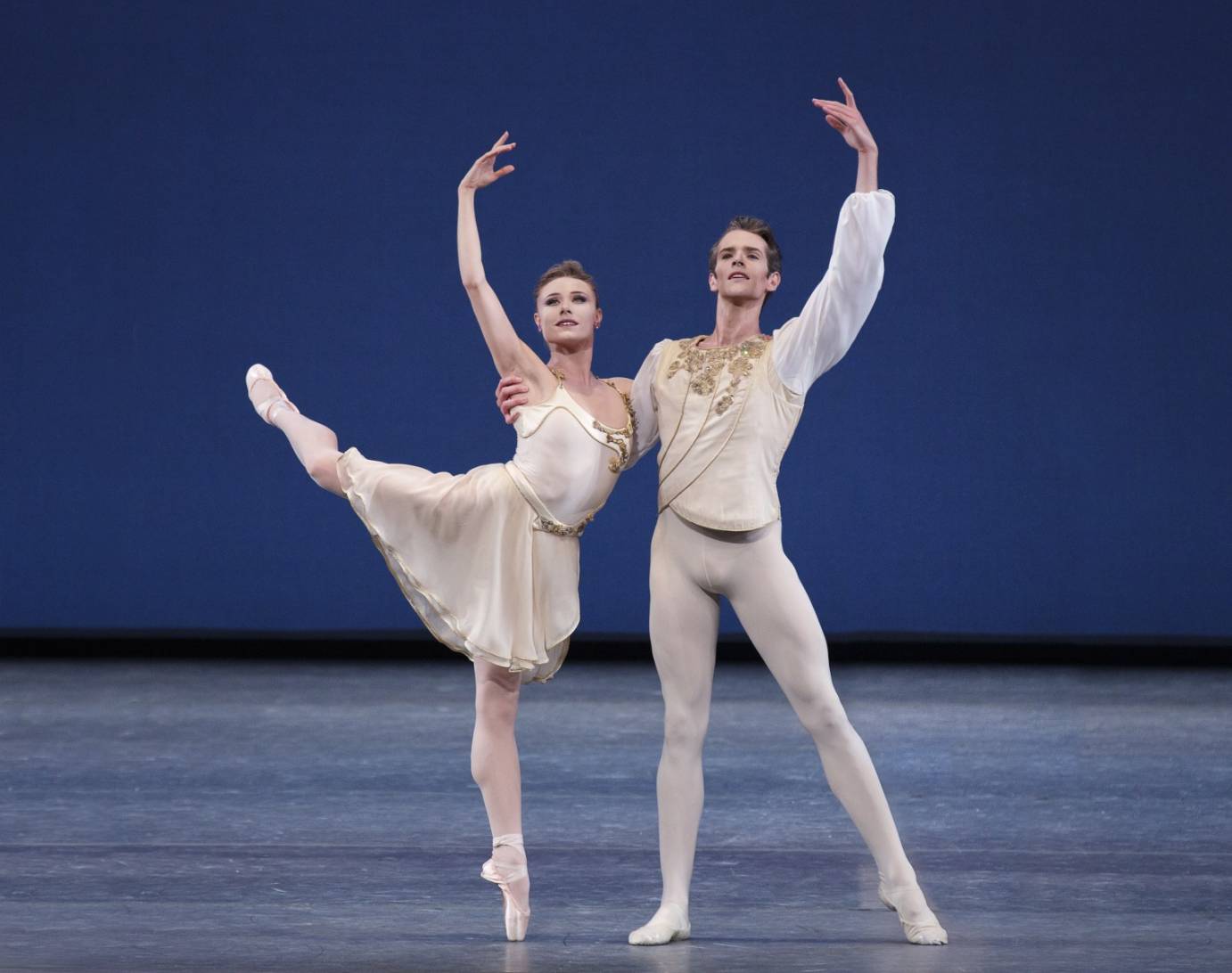
TDE: Chaconne seems so technically challenging.
SM: I didn’t feel that it was actually that hard. Mozartiana is much harder. Mozartiana is one of the hardest ballets I’ve ever done. You do the Prayer and then you have a small break, but then you do five variations [leading] into a 10-minute pas de deux and you have about a 30-second break and then you go to the finale. And the finale is all petit allegro and doesn’t stop and you end with four double pirouettes and have to finish in tendu. And I have sweat pouring into my eyes. You are so completely wasted at the end of it.
What Lies Ahead
TDE: City Ballet starts its Nutcracker run on November 28 and then the winter season opens in January. Are you already rehearsing for that and are you learning any new roles?
SM: Yes, I’m learning La Valse, which is very very exciting. It’s an incredible ballet. We’re also rehearsing Cortege Hongrois, which is one of my favorite ballets to do.
TDE: I’ve read that you’d love to do Romeo and Juliet. Do you think that will happen when the company revives it in February?
SM: I don’t think it’s going to happen for me at City Ballet. I know what Peter wants and what he sees for his production: someone who can look very young onstage and who is, I think, smaller than me. Someday on my layoff time I will find a place to do it.
TDE: Are there other ballets you’d like to do? I’d love to see you do Theme and Variations.
SM: Yes. One day. I would love to have a chance at it. Also Tschaikovsky Piano Concerto No. 2. Love that ballet.
Being a Role Model for Today’s Aspiring Dancers
TDE: Going back to your remark on the importance of students having a role model, what aspect of your dancing would you want to be emulated by students?
SM: I did a project in Chicago. We were making a piece in the studio and had students there watching us create it. They had to learn it themselves and try to do it as well. But there was a moment when they had to watch me. One of the kids after I was done said that I allowed her to hear notes that she hadn’t heard before. I guess that would be a main thing for me: that the kids caught how I see the music and how I interpret it and that it shouldn’t be the same every time. For me, the music comes first. You have to listen to it, and you have to hear all the notes, all the instruments--what’s happening. And then you respond to it. You should see new and different things every time you do it. And really let the music take you.





